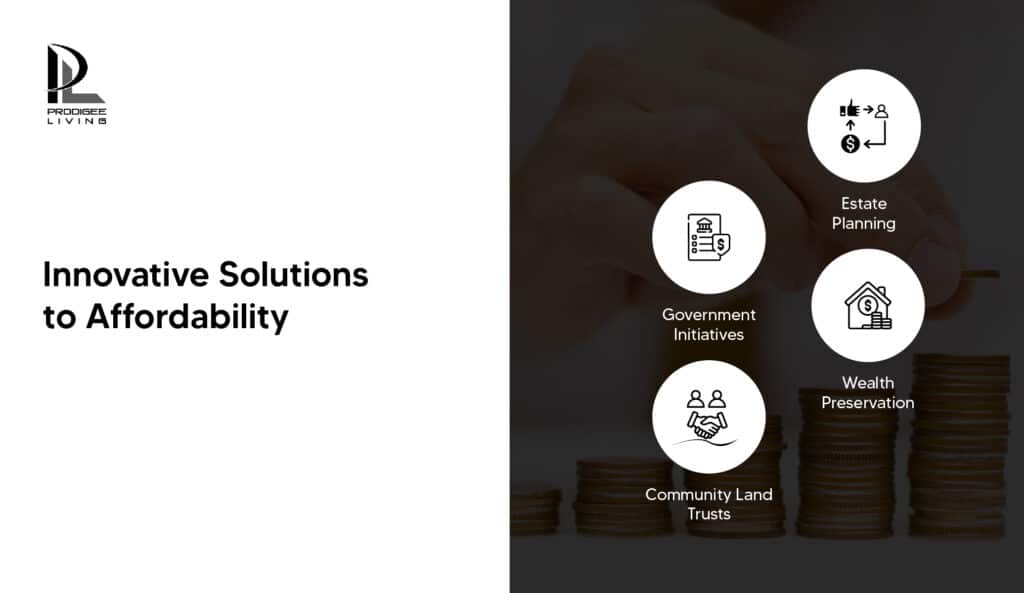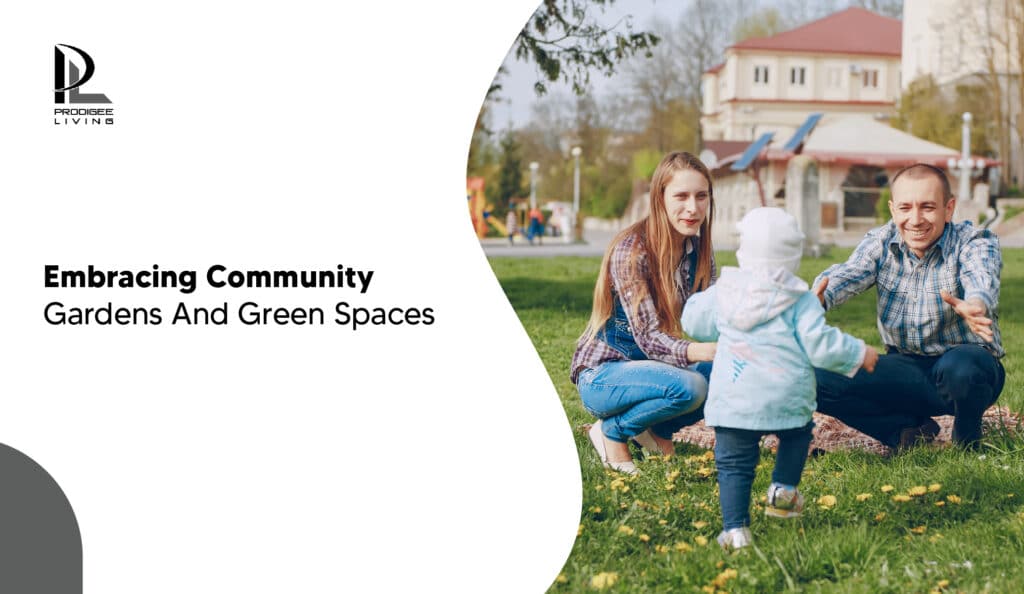Housing is not merely a physical structure; it’s the cornerstone upon which communities are built, nurtured, and empowered. In this article, we delve into the critical role of community development in turning the dream of affordable housing into a tangible reality, one that fosters stronger, more inclusive neighborhoods.
Affordable Housing: The Heart of Community Development
A Catalyst for Strong Communities
Affordable housing is the beating heart of community development, and it plays a pivotal role in shaping the character of neighborhoods. It represents the promise of stability, the gateway to aspirations, and the foundation of thriving societies.
The Challenge of Affordability
However, affordability remains a pervasive challenge in many regions worldwide. Soaring property values and escalating rental costs have created a housing market that seems increasingly distant for a substantial portion of the population, particularly in urban centers where housing demand consistently outpaces supply.

Innovative Solutions to Affordability
To address this pressing issue, we must seek innovative solutions, including:
- Government Initiatives: Governments can take the lead by subsidizing housing costs for low-income individuals and families. Investment in affordable housing projects ensures that housing remains within reach for all citizens.
- Community Land Trusts: Nonprofit community land trusts acquire and manage land for the benefit of the community, safeguarding affordable housing options in gentrifying neighborhoods.
- Developer Incentives: Encouraging developers to integrate affordable housing units in their projects through incentives such as tax breaks can expand the availability of affordable housing.
- Mixed-Income Housing: Promoting mixed-income communities encourages economic diversity and reduces the concentration of poverty, contributing to more balanced and resilient neighborhoods.
Accessible Housing for All
Another crucial aspect of housing opportunities for all involves ensuring accessibility for individuals of all ages and abilities. Communities should be designed to accommodate diverse needs, including those of people with disabilities and older adults.
The Embrace of Universal Design Principles
Universal design principles advocate for the creation of living spaces that are universally accessible, regardless of physical abilities. These principles encompass:
- Zero-Step Entrances: Eliminating steps and creating smooth entrances ensures that wheelchairs and strollers can easily access homes.
- Wide Doorways and Hallways: Spacious interior spaces accommodate mobility aids and facilitate easy movement.
- Accessible Bathrooms: Bathrooms equipped with grab bars, roll-in showers, and adjustable fixtures cater to a wide range of needs.
Fostering Age-Friendly Communities
Inclusive communities must also consider the needs of older adults. Age-friendly communities offer essential services, opportunities for social engagement, and secure environments for seniors, allowing them to age in place with dignity and independence.
Sustainability and Environmental Responsibility
Beyond the physical structures, the journey towards vibrant communities also involves environmental sustainability. Additionally, In an era marked by environmental concerns, housing solutions should align with green initiatives to reduce our ecological footprint.
Championing Sustainable Building Practices
Sustainable building practices prioritize the use of eco-friendly materials, energy-efficient designs, and renewable energy sources. These practices not only benefit the environment but also lead to long-term cost savings for homeowners.

Embracing Community Gardens and Green Spaces
The inclusion of community gardens and green spaces within housing developments enhances aesthetics and encourages community engagement and well-being. Adn also, these areas provide residents with the opportunity to connect with nature, cultivate their own produce, and engage in outdoor activities, fostering a sense of belonging.
Turning the dream of affordable housing into reality requires the concerted effort of community development. Moreover, Affordable housing, accessibility, sustainability, and inclusivity are the cornerstones upon which thriving neighborhoods are constructed. And also, by embracing innovative solutions and universal design principles, we can ensure that our communities evolve beyond mere dwellings and become dynamic, harmonious spaces where everyone can thrive.
The future of a community is determined by its residents well-being and fulfillment, and also work towards a world where housing opportunities are abundant.
